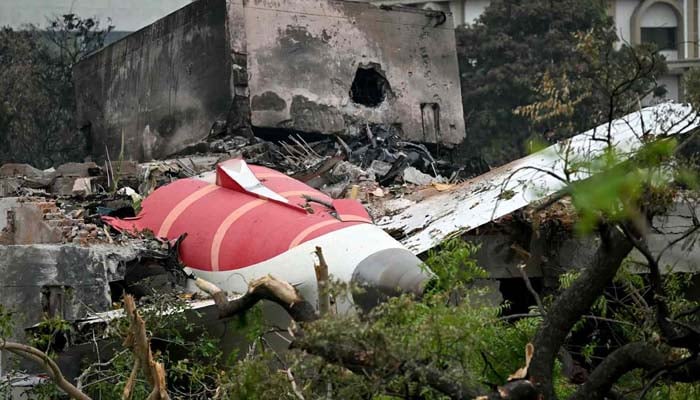
Investigators probing the fatal Air India crash that killed 260 people in June are currently focusing on the actions of the cockpit crew, with initial analysis indicating no apparent fault with the Boeing 787 Dreamliner.
Early assessments suggest fuel control switches were turned off shortly following takeoff, leading to engine thrust loss on the Boeing 787 Dreamliner.
These switches, used to initiate or stop the engine, are normally left on during the flight. Investigators are still trying to determine whether the shutdown was accidental or intentional.
The launch of the aircraft's emergency power system (RAT) supports the theory of a failed breaker.
Though an early analysis report has been provided to Indian authorities, it is likely to remain under wraps from public.
Captain Sumeet Sabharwal had 10,000 hours of experience, while Co-pilot Clive Kunder had more than 3,400 hours.
A significant setback for Boeing, which is currently facing immense criticism for safety concerns, the crash was the first deadly incident involving a Dreamliner.
The US National Transportation Safety Board is helping the Indian-led investigation, alongside GE Aerospace, Boeing, and the Federal Aviation Administration (FAA).
However, it has ignited fuel between Indian and American officials, mainly over setbacks in accessing the black boxes, extending the data extraction process.
This delay caused frustration in the US team, prompting withdrawal from the investigation before even deciding to continue.








